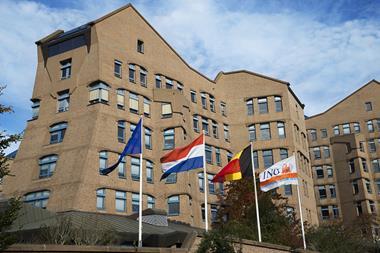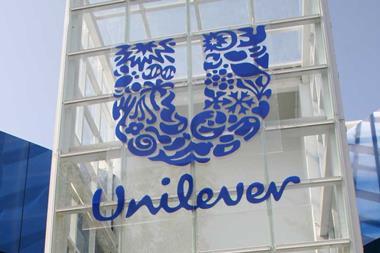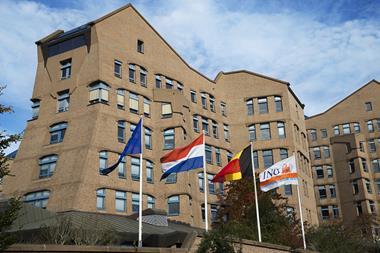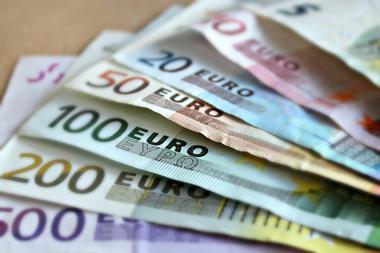The €26.6bn ING Pensioenfonds said it lost 0.6% on investments during the second quarter, chiefly due to rising interest rates and the appreciation of the euro relative to the dollar.
The closed scheme said that its 75% matching portfolio lost 0.8% as a consequence of the impact of increased interest rates on its fixed income holdings.
The appreciation of the euro negatively affected its investments outside the euro-zone, leading to a 1.3% loss on its return portfolio, it added.
The ING scheme made lost money on equity (down 1.7%), emerging market debt (down 3.7%) and real estate (down 2%). Credit and alternative investments gained 0.7% and 2.1%, respectively.
The pension fund’s coverage ratio rose by 1.4 percentage point to 139.4% since March, but is down by 2.8% since the start of the year.
ING’s pension fund said it had increased further its inflation hedge, made up of an allocation to inflation-linked bonds and inflation swaps. At the end of 2016, it had hedged 14.4% of the inflation risk.
The €18.8bn Philips Pensioenfonds reported a quarterly return of 0.8%, taking its first half result to 1.3%. The scheme’s funding ratio rose to 112.5%.
It said that it had moved its 7.5% cash position from its return portfolio to its matching portfolio.
Its cash holdings comprised short-term loans with a good creditworthiness and therefore had a low risk profile like its fixed income allocation, the pension fund explained. It emphasised that the shift didn’t mean its investment policy had changed.
The Philips scheme also said it had increased the diversification of its 30% government bonds allocation within and outside Europe.
Jasper Kemme, the pension fund’s chief executive, told IPE that just over half of its holdings had been invested in euro-denominated bonds, as well as in government paper of non-euro countries including Denmark, Sweden and Switzerland.
The pension fund also invested in government bonds of the UK, the US, Canada and Australia, he said.
Progress, the €5.2bn closed defined benefit scheme of Unilever, saw its coverage ratio rise by 5 percentage points to 130% between April and June.
Following rising interest rates, the scheme’s assets dropped by €14m. However, its liabilities, which are discounted against the interest rate, fell by €100m, it said.
Forward, Unilever’s new €153m defined contribution scheme, said its funding had remained at 142%.
The Unilever pension funds did not disclose their quarterly return figures.
The €3.3bn company scheme Pensioenfonds TNO said it had generated 0.6% over the first six months, after losing 0.5% during the second quarter.
During the first half of the year, the pension fund of the technical research institute said its fixed income holdings, including residential mortgages, had lost 0.6%.
Equity and property gained 3.8% and 0.7%, respectively, while private equity lost 8.3%.
The TNO scheme added that its currency hedge – covering part of the risk of its investments in dollar, sterling and yen – had generated 1.1%. However, it had lost 0.5% on its interest rate hedge, due to rising swap rates.
The pension fund closed the first half year with a coverage ratio of 110%.
The Q2 losses incurred by ING and TNO reflected the experiences of the largest multi-employer schemes. Of the five biggest Dutch funds, none generated a positive return in the second quarter.












No comments yet